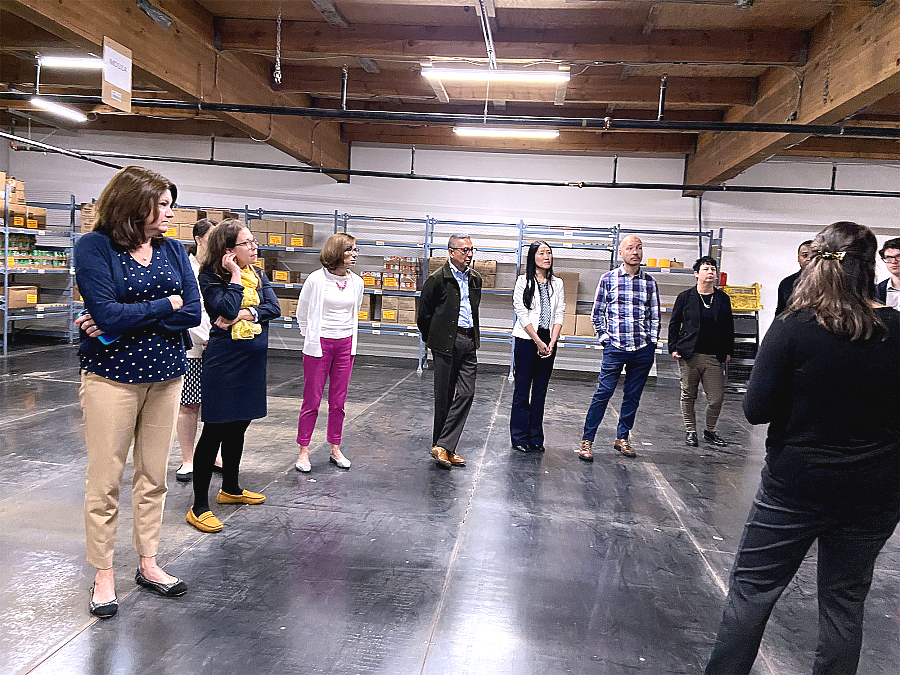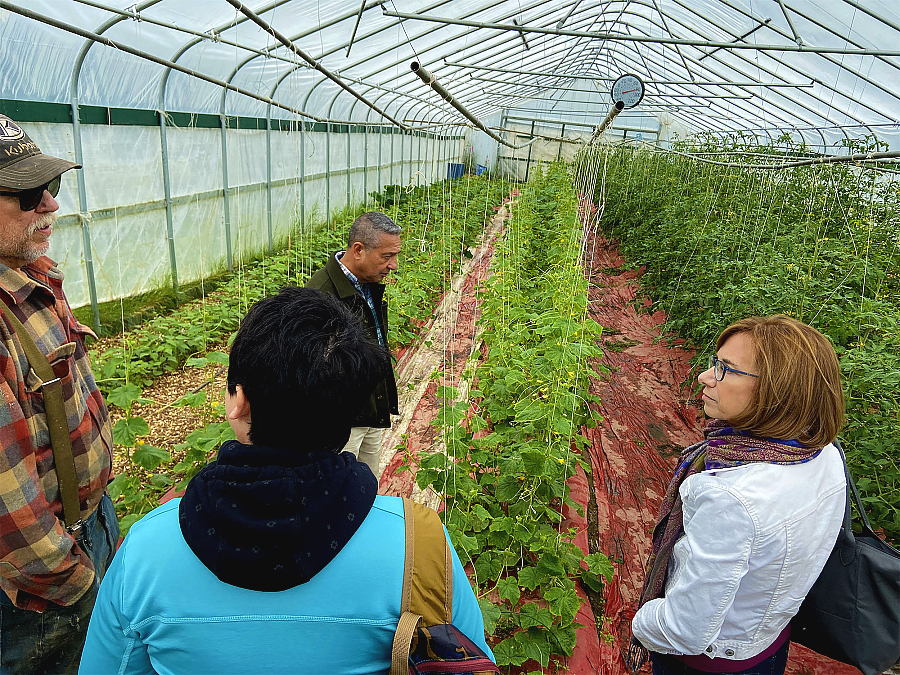By Cindy Long
USDA’s Food and Nutrition Service Administrator
The Biden-Harris Administration is committed to ensuring families have consistent and equitable access to healthy, safe, and affordable foods—an effort highlighted during the historic White House Conference on Hunger, Nutrition and Health, held last year. As a result of the conference, the Food and Nutrition Service set ambitious goals to end hunger, improve nutrition, increase physical activity, and reduce diet-related diseases.
A key part of this work is focusing on historically under-served areas, like rural and Tribal communities. Alaska, for instance, faces unique challenges. Alaska’s vast size and remote locations make it difficult to transport and store food in many rural communities. Many areas do not have roads or reliable transportation or infrastructure, leading to logistical complications. Severe weather during the winter months, coupled with the high cost of shipping food to these areas, add to these difficulties.

To get a better understanding of the issues Alaskans face, I travelled to Anchorage (an urban setting), Bethel (a rural hub community), and Kwethluk (a small remote village). My team and I met with key players working on Alaska food security issues as well as operators and participants in our programs. We had the privilege of meeting with councilmen of the Organized Village of Kwethluk and visited their Food Distribution Program on Indian Reservations (FDPIR) Self-Determination Project, which supports Tribal self-governance by allowing participating Tribes to purchase similar foods of their choosing, supporting Tribal dietary preferences. Recently, USDA awarded $4.4 million dollars to Tribal nations participating in round 2 of the demonstration project.

Most of the discussions with stakeholders revolved around the complexities of delivering affordable food to rural Alaska. We also talked about new opportunities for summer 2023 and beyond, which are particularly important for rural and Tribal communities like those in Alaska. Started in summer 2023, certain rural areas can distribute nutritious meals to kids outside of the typically required group (congregate) settings through the Summer Food Service Program (SFSP) and National School Lunch Program (NSLP) Seamless Summer Option (SSO). Additionally, the Summer Electronic Benefit Transfer Program for Children (Summer EBT) will officially launch in summer 2024, which will provide grocery-buying benefits to low-income families with school-aged children when schools are closed for the summer.

This trip gave us a glimpse of what it’s like living in Alaska. Rural and remote areas have rich, diverse, and beautiful cultures, and we believe that maximizing federal resources and working with our partners will help these communities thrive.

